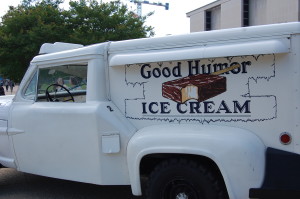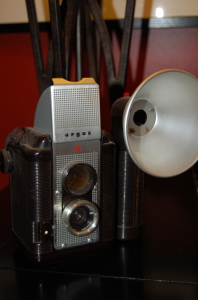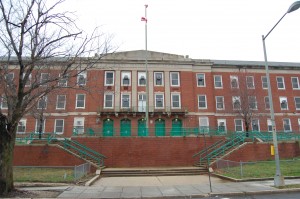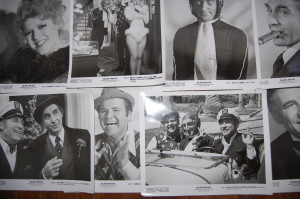1954
The Oldest Boomer is 8 years old.
Median Family Income: $4,200
Minimum Wage: 75 cents/hr.
New Car: Nash Metropolitan Convertible: $1,469
Gallon of Gasoline: 29 cents
Movies: “White Christmas,
“20,000 Leagues Under the Sea,” “Rear Window,
“The Caine Mutiny,” “Dial M for Murder,” “On the Waterfront.
Broadway: “Golden apple,” “Pajama Game,” By the Beautiful sea.
TV: “Father Knows Best,” “Lassie,” “Captain Midnight,” “Davy Crockett,” “The Tonight Show,” hosted by Steve Allen,
Music: The Drifters, “Honey Love’. Hank Snow, “I Don’t Hurt Anymore.” Doris Day, “Secret Love.” Joe Turner, “Shake, Rattle And Roll.” The Midnighters, “Work With Me, Annie.” Eddie Fisher, “Oh My Papa.” Muddy Waters, “I’m Your Hoochie Coochie Man.” The Spaniels, “Goodnight Sweetheart.”
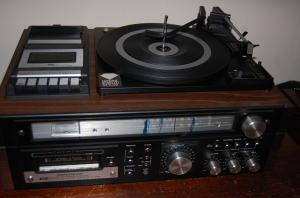
Father knows best. Father knows best was the name of a popular program but was also a way of life. “The fifties decade in television has often been called -the golden years, and in many ways it’s an apt designation. The medium was fresh and innocent and for views, almost magical. It was a time of true experimentation and evolution; creative people, many of them barely out of school, didn’t yet know what this wondrous animal could or couldn’t do -so they made up the rules as they went along.” According to Grant Tinker. Grant Tinker had three separate tours of duty at NBC, starting his career as the company’s first executive trainee and returning first as head of programs and finally as chairman. In between, he worked at Radio Free Europe, as an advertising agency program executive, as a production executive at two major Hollywood studios, and founded and ran MTM Enterprises. MTM Enterprises was started by himself and his wife at that time, Mary Tyler Moore.
from the book TINKER IN TELEVISION by Grant Tinker and Bud Rukeyser
Before the advent of cable and its hundreds of channels, before iPods and the Internet, three television networks ruled America’s evenings. And for twenty-three years, Ed Sullivan, the Broadway gossip columnist turned awkward emcee, ruled Sunday nights. It was Sullivan’s genius to take a worn-out stage genre-vaudeville-and transform it into the TV variety show, a format that was to for decades. RIGHT HERE ON OUR STAGE TONIGHT! tells the complete saga of ““The Ed Sullivan Show” and , through the voices of some sixty personalities interviewed for the book, bring to life the most beloved, diverse, multicultural, and influential variety hour ever to air. Gerald Nachman takes us through those years, from the earliest dog acts and jugglers to Elvis Presley, the Beatles, and beyond. Sullivan was the first TV impresario to feature black performers on a regular basis-including Nat King Cole, Pearl bailey, James Brown, and Richard Pryor-challenging his conservative audience and his own traditional tastes, and changing the face of American popular culture along the way. No other TV show cut such a broad swath through our national life or cast such a long shadow, nor has there ever been another show like it. Nachman’s compulsively readable history, illustrated with classic photographs and filled with colorful anecdotes, reanimates “The Ed Sullivan show” for a new generation.
Many of her peers would have envied her next break, a spot on TV’s gold-ring variety show. From 1948 through 1971, Toast of the Town-later retitled The Ed Sullivan Show-helped launch an untold number of stars, including Dean Martin, Jerry Lewis, Elvis Presley, Barbra Streisand, the Beatles, and the Supremes.
from the book STORMY WEATHER the life of LENA HORNE by James Gavin
1954
Television Takes Center Stage
Engineers had been working with experimental television sets since the 1920s, but it was not until the boom years after World War II that television became a fixture in the American home. As advertisers and sponsors shifted to the new medium, radio shows popular for a decade or more went off the air. In 1954, television’s gross revenues -$593 million-finally surpassed radio’s earnings. By then many performers had made the leap to television, including Jack Benny, Lucille Ball, and the Nelson family. There were also plenty of new television celebrities, such as endearingly awkward variety-show host Ed Sullivan, whom rival Fred Allen once said would “stay on television as long as other people have.” Television became so popular that radio was not the only victim of its success; movie theaters and even magazines also lost money.
1960
A TV First
On September 26, Richard M. Nixon and John F. Kennedy squared off in the first-ever televised presidential debate, an event that foreshadowed the medium’s momentous role in politics. The camera loved John Kennedy. On screen he looked handsome and confident. The lens was far less kind to Nixon. He sweated heavily under hot TV lights that mercilessly revealed his nervousness and the bluish shadow of stubble on his jaw. He had a cold and, on thus important night, he looked ill. Whatever the debate’s substance, millions of viewers were the clear winner. He and Nixon were to spar three more times on camera, but Kennedy never lost the impetus the first debate gave him.
From the book Events That Shaped the Century by the Editors of Time-Life Books, Alexandria Virginia

